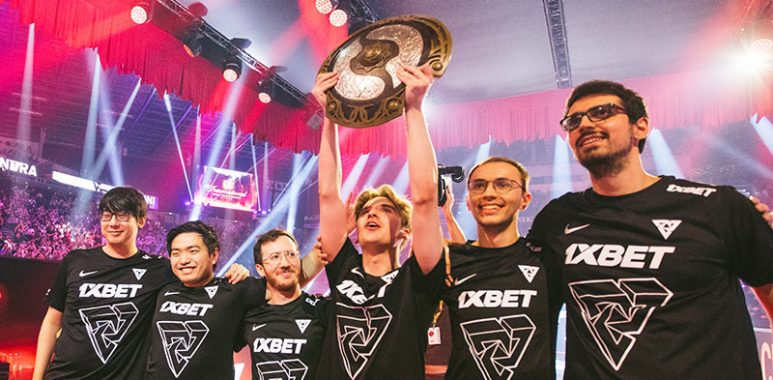Falcons Under Fire: Cheating Allegations Rock ESL Pro League Season 19 – Techy Tony Weighs In As an analyst, you always hope it's not cheating, but sometimes the evidence is difficult to ignore.
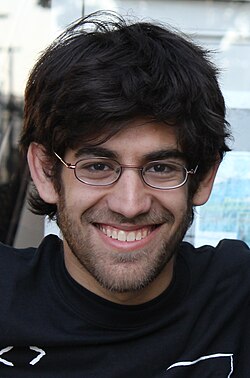
As an analyst, you always hope it's not cheating, but sometimes the evidence is difficult to ignore. My initial reaction to the Team Falcons allegations was one of disappointment, mixed with a grim sense of inevitability. It's a familiar pattern: skill is alleged, clips are reviewed, and the community is divided. The evidence deserves our scrutiny, but we must proceed with caution, and without jumping to premature conclusions. Are we witnessing a genuine case of foul play, or simply an unfortunate series of coincidences amplified by the pressure of a high-stakes tournament? Let's dive into the data.
The Accusations: ESL Pro League Season 19 Under Scrutiny
The ESL Pro League Season 19 Finals, a pinnacle of Counter-Strike 2 esports, has been marred by allegations of cheating against Team Falcons. These accusations surfaced following several matches where viewers and fellow professionals noticed peculiar in-game behavior. Specifically, the unusual pre-aiming during Round 12 of Map 2 against Virtus.pro on Mirage, and the oddly timed tactical pause during Round 7 of Map 3 against G2 on Inferno, have become focal points of the debate.
Analyzing the Key Moments: Mirage and Inferno Under the Microscope
Let's break down those critical moments. The Mirage incident, specifically around 11:47 in the VOD, shows a Falcons player – let’s call him Player X – consistently pre-aiming angles where Virtus.pro players were about to appear, before they had any line of sight or audible cues. What’s concerning is the precision of the crosshair placement. We're talking pixel-perfect accuracy. A regular player, even a pro, makes micro-adjustments. Player X's crosshair snaps directly to head level, and stays locked, even through walls. It looks… unnatural.
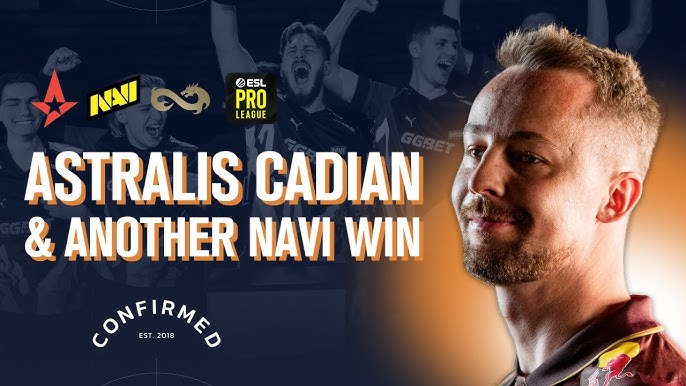
Then there's the Inferno tactical pause at 06:23. Falcons called a timeout at a very strange time. G2 was about to execute a key offensive push. It seemed as if Falcons knew exactly where G2 was going to hit. While tactical pauses are common, their timing felt… too convenient. Add to that some questionable radar usage in the rounds leading up to the pause – anticipating enemy movements before they were visible on the minimap – and you've got a recipe for suspicion.
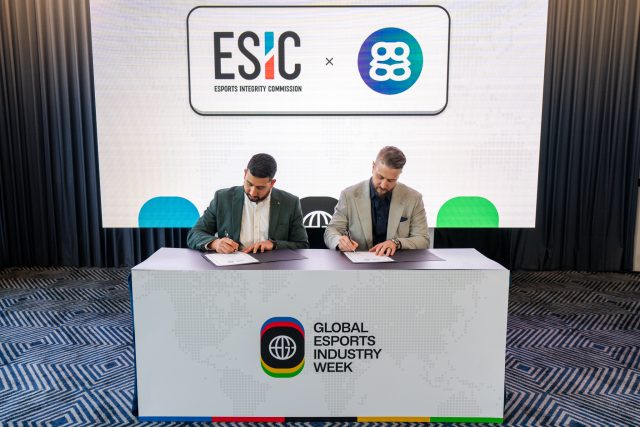
Arguments For and Against: The Community Weighs In
The Counter-Strike 2 community is, predictably, divided. The YouTube channel "CSGuru" pinpointed 3 instances of potential aim-locking, providing frame-by-frame analysis to support their claims. Their analysis is compelling. But let's not jump to conclusions.
HLTV.org user "Strat_God_69" argues, "Could the pre-aiming be explained by exceptional game sense and prediction, and the radar usage by good communication within the team?" It’s a valid point. Top-tier players do have incredible intuition. Good communication can simulate ESP to some extent. Maybe, just maybe, these guys are incredibly good at reading the game. Furthermore, lag or ping issues could explain slight discrepancies in crosshair placement as observed from the spectator view. Spectating isn’t perfect; it’s an approximation of what the player sees.
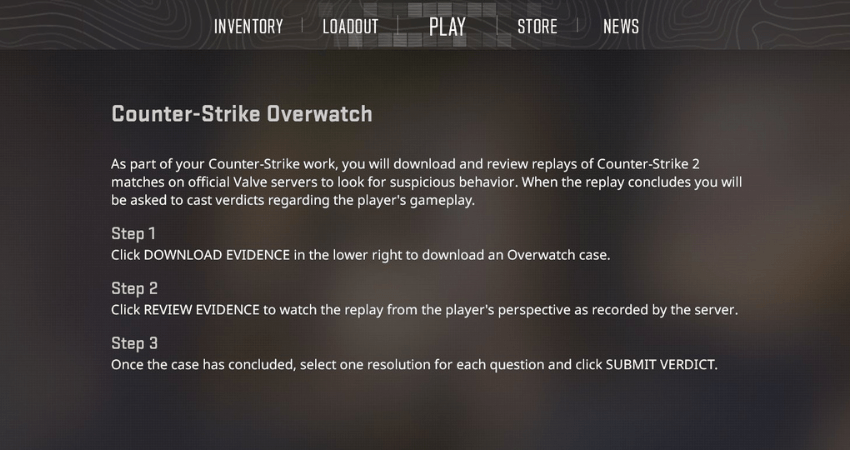
However, even the best players don't consistently lock onto heads through walls. And tactical pauses should be used for legitimate strategic reasons, not to gain an unfair advantage based on pre-emptive knowledge.
Echoes of the Past: The iBUYPOWER Scandal and Lessons Unlearned?
This incident casts a shadow over Counter-Strike 2 esports. It potentially leads to stricter anti-cheat protocols, increased scrutiny of player behavior, and a chilling effect on the competitive scene. I’m reminded of the iBUYPOWER scandal in CS:GO. That rocked the North American scene. Reputations were ruined, careers ended. The damage was immense.
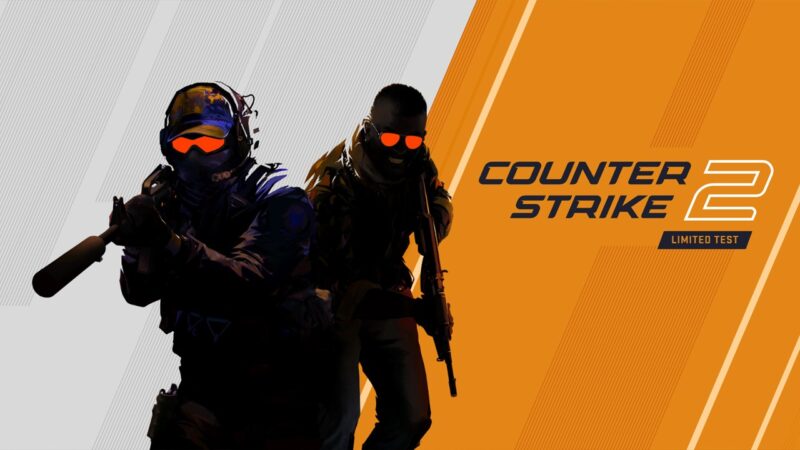
Remember the "Fog of War" hack from the early days of Counter-Strike? Are we seeing a new iteration of that kind of exploit in CS2? Valve's VAC Live system is designed to detect cheating in real time, but is it enough to catch sophisticated exploits? The stakes are higher than ever, and the temptations for unscrupulous players are immense. If the allegations are not thoroughly investigated, it may potentially lead to a decline in viewership for future ESL events.
Is Counter-Strike 2 at a Crossroads? XenGamer's Take
Does this incident point to a systemic vulnerability in CS2 esports, where the pressure to win outweighs the ethical considerations for some players? Is this an isolated incident, or a sign of a larger problem within the Counter-Strike 2 community, particularly the rise of subtle, hard-to-detect cheats? Does this incident point to a systemic vulnerability in CS2 esports, where the pressure to win outweighs the ethical considerations for some players?
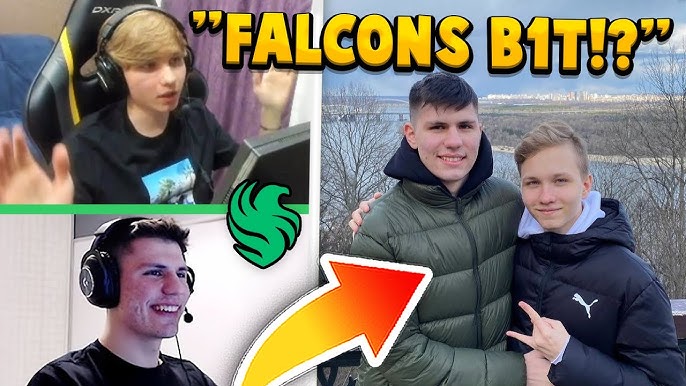
The community's analysis has been thorough and insightful, however, Valve's official statement on this situation will be the determining factor. ESL has yet to release a statement on the matter.
Ultimately, what needs to change in Counter-Strike 2 to ensure fair play? How can we create an environment where potential cheaters are deterred, and legitimate players are given the respect they deserve? Should we involve 3rd parties?
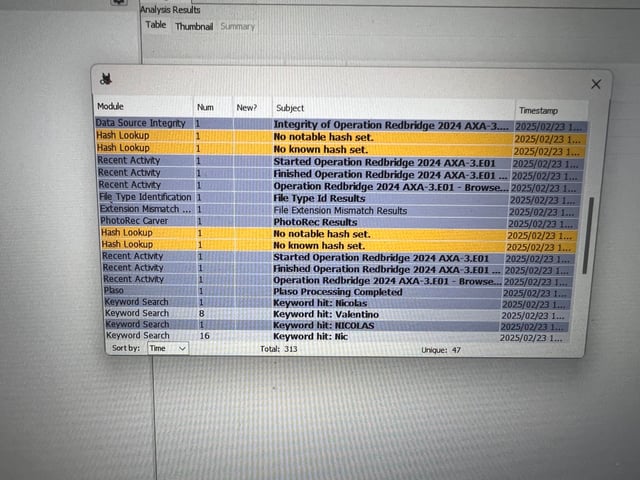
These are questions the entire Counter-Strike 2 community needs to address, together, for the long-term health of the esport. We will continue to update this article as more news unfolds.
